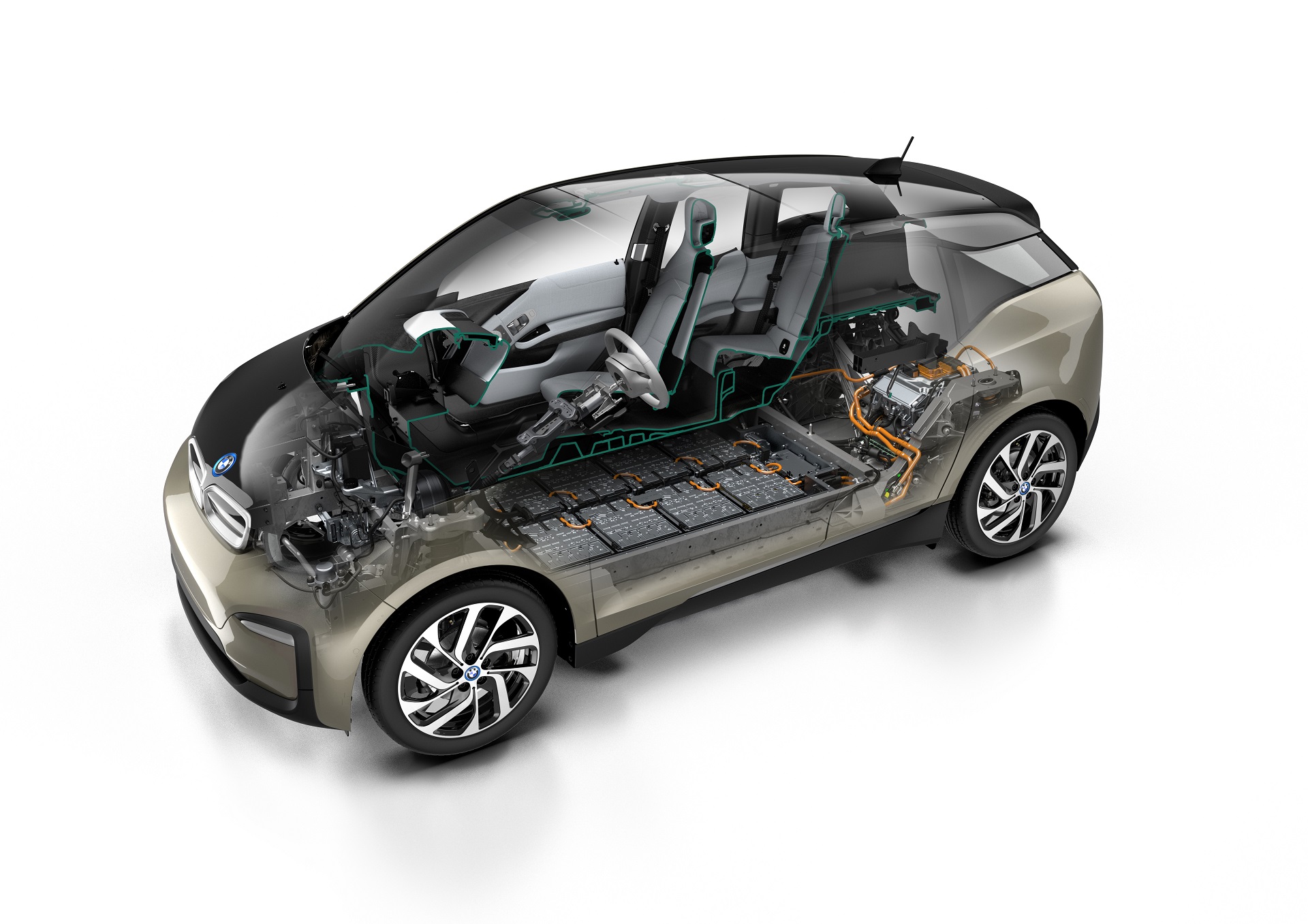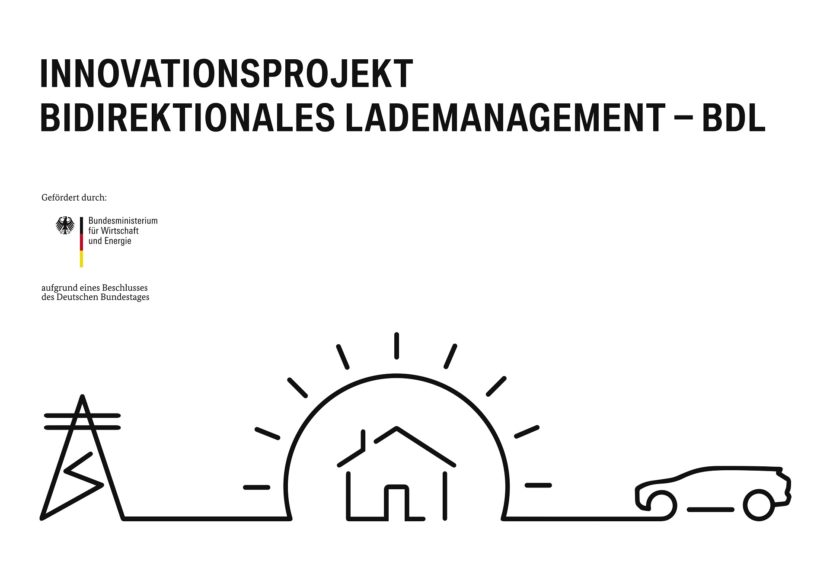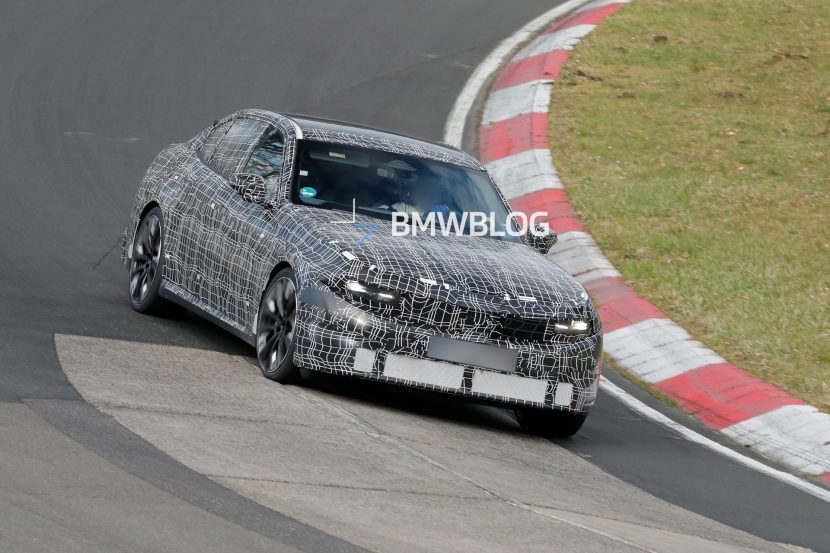The wider spread of electric vehicles brings up a number of opportunities for all of us. One of the most interesting topics discussed related to the EV phenomena is the possibility of using the battery cells located inside the cars for other purposes as well. Like the bidirectional charging technology. BMW has teamed up with other companies and institutions to bring to life the Bidirectional Charging Management project which is now entering a new phase.
The project aims to develop technological solutions for electric mobility aimed at diversifying the way it is used. The main goal is to find a way to interlink vehicles, charging infrastructure and power grids for the first time in a way that facilitates the widest possible use of renewable energy – and at the same time increase power supply reliability. One of the issues that may appear when EVs become mainstream could be volatile voltages through the network due to the high draw of energy caused by charging the cars.
With bidirectional charging capabilities, that problem could be nullified, the batteries of EVs being put to good use, stabilizing the grid. BMW is offering 50 BMW i3 cars for the project and they will be equipped with bidirectional charging technology which basically means they will be able to feed electricity into the grid whenever needed. Real-life testing of the new tech is expected to start in early 2021.
This will effectively turn the electric vehicles’ batteries into mobile energy storage devices that can also supply electricity when required. Integrating as many electric vehicles as possible into the power grid in this way calls for myriad innovations in terms of vehicle technology, charging hardware, charging management, communication interfaces with energy sector stakeholders and legal parameters.
This is not necessarily a novelty for BMW. The company has been testing and implementing methods of intelligent charging control in pilot projects. For several years, intelligent charging management to meet the needs of both the customer and the power grid has been undergoing practical trials in everyday conditions in California with a fleet of 300+ electric vehicles. This new step is going to allow even more flexibility.
During periods of particularly high demand for electricity, these vehicles are able to feed additional power into the grid, while their high-voltage batteries are mainly charged at times when overall demand is lower. In this way, electricity from renewable sources can be tapped and stored as it becomes available. And the stored energy can, in turn, be deployed exactly when needed, whether for electric driving or boosting power grid capacity. Electric mobility can therefore help to stabilize power grids and limit the need to expand them, keeping electricity prices stable.







































































